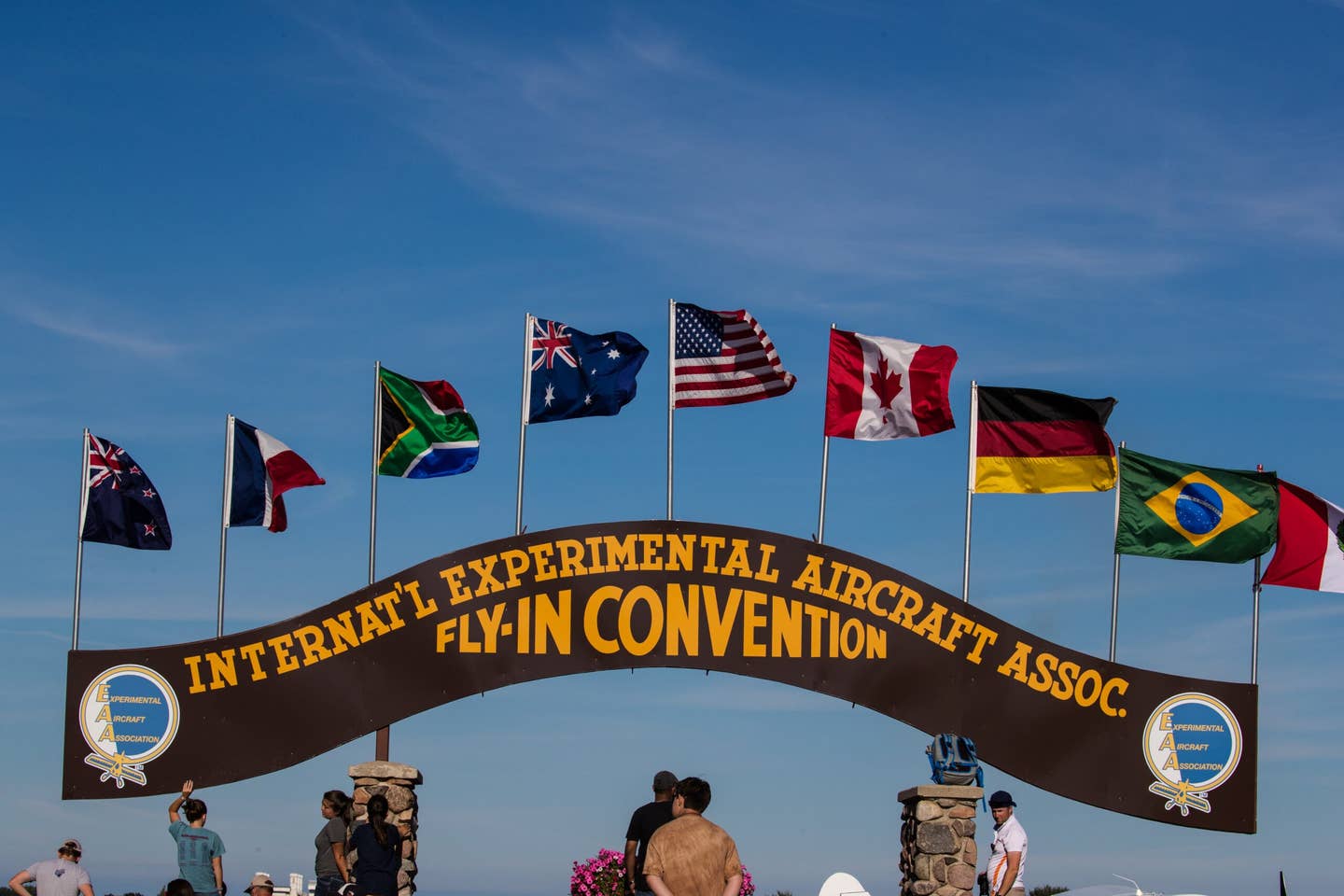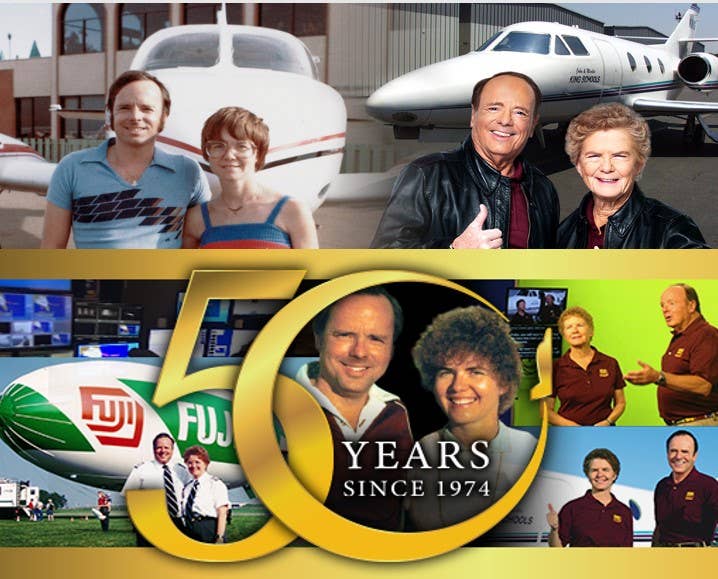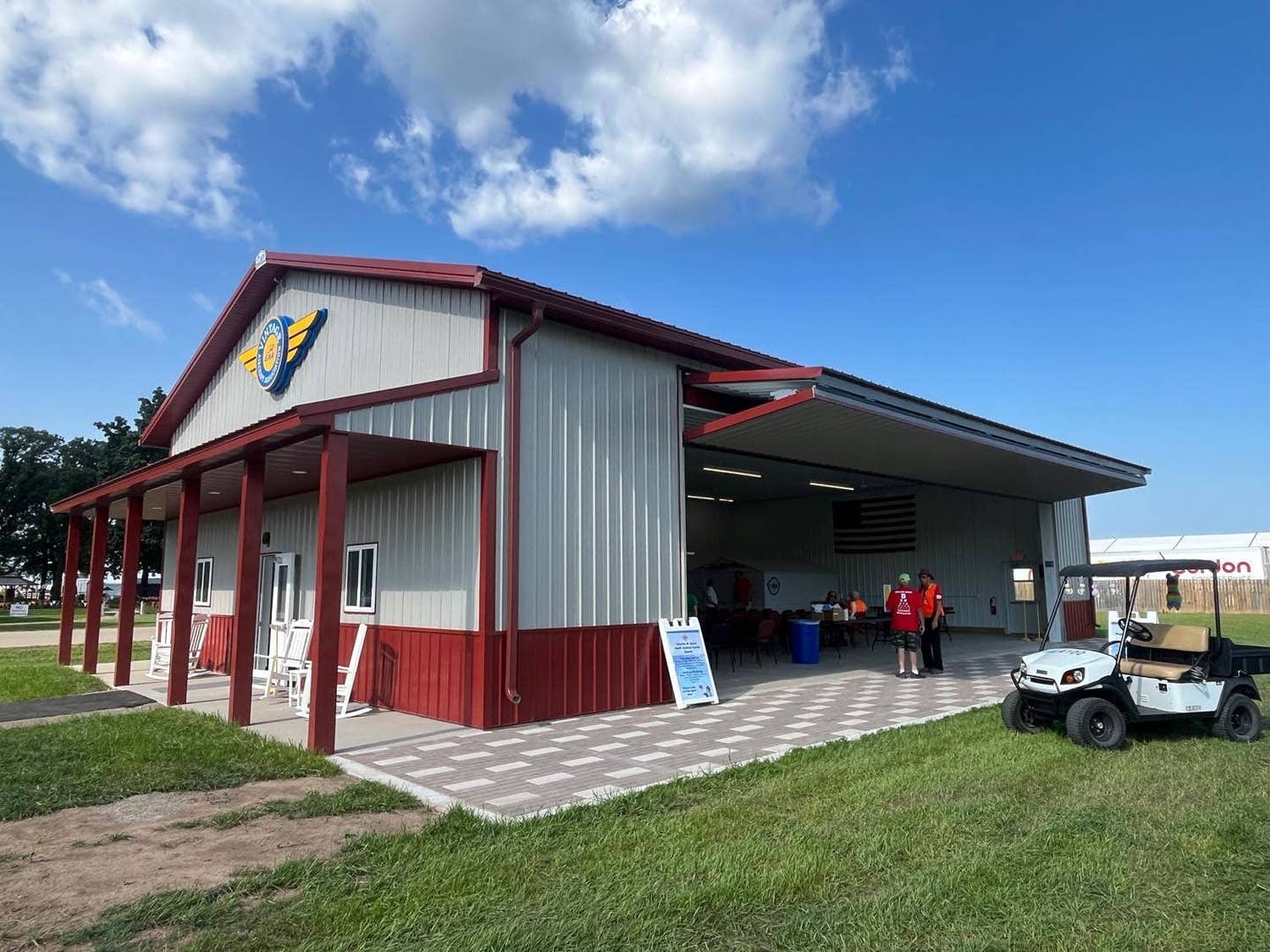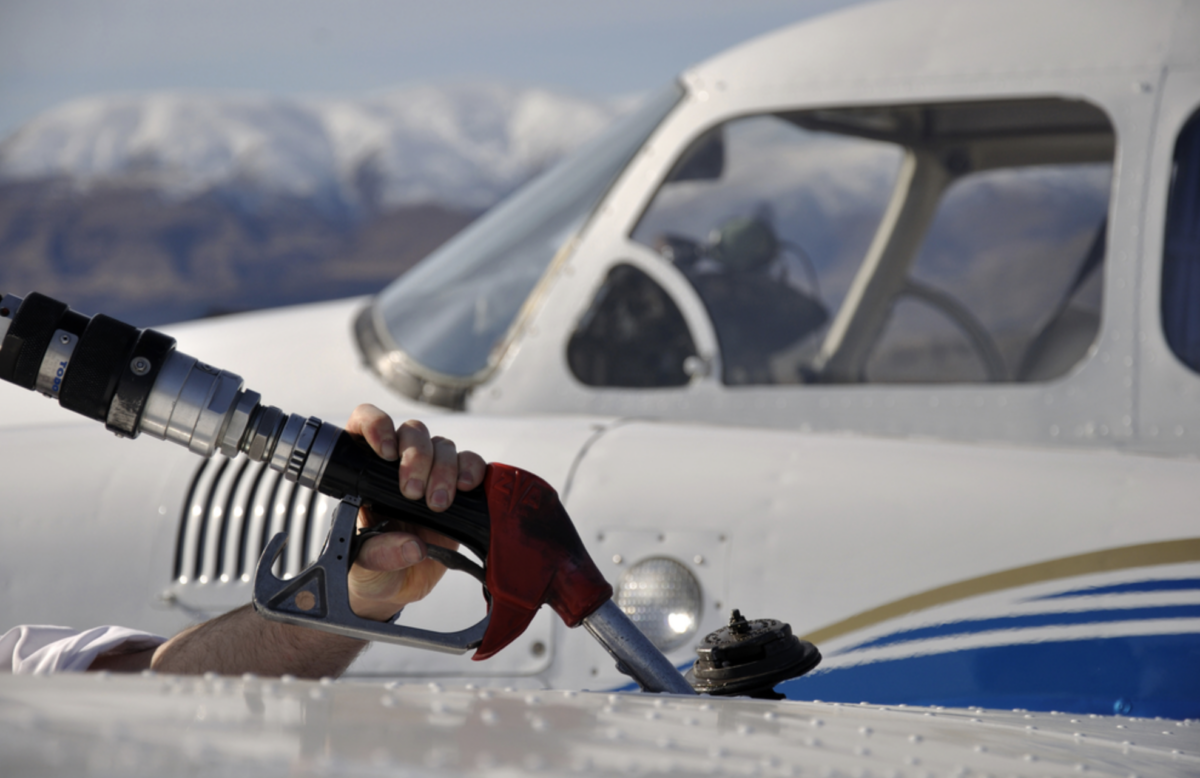What Happened in Paris
The Paris Air Show 2023 presented a host of new ideas in commercial, military, business, and general aviation.
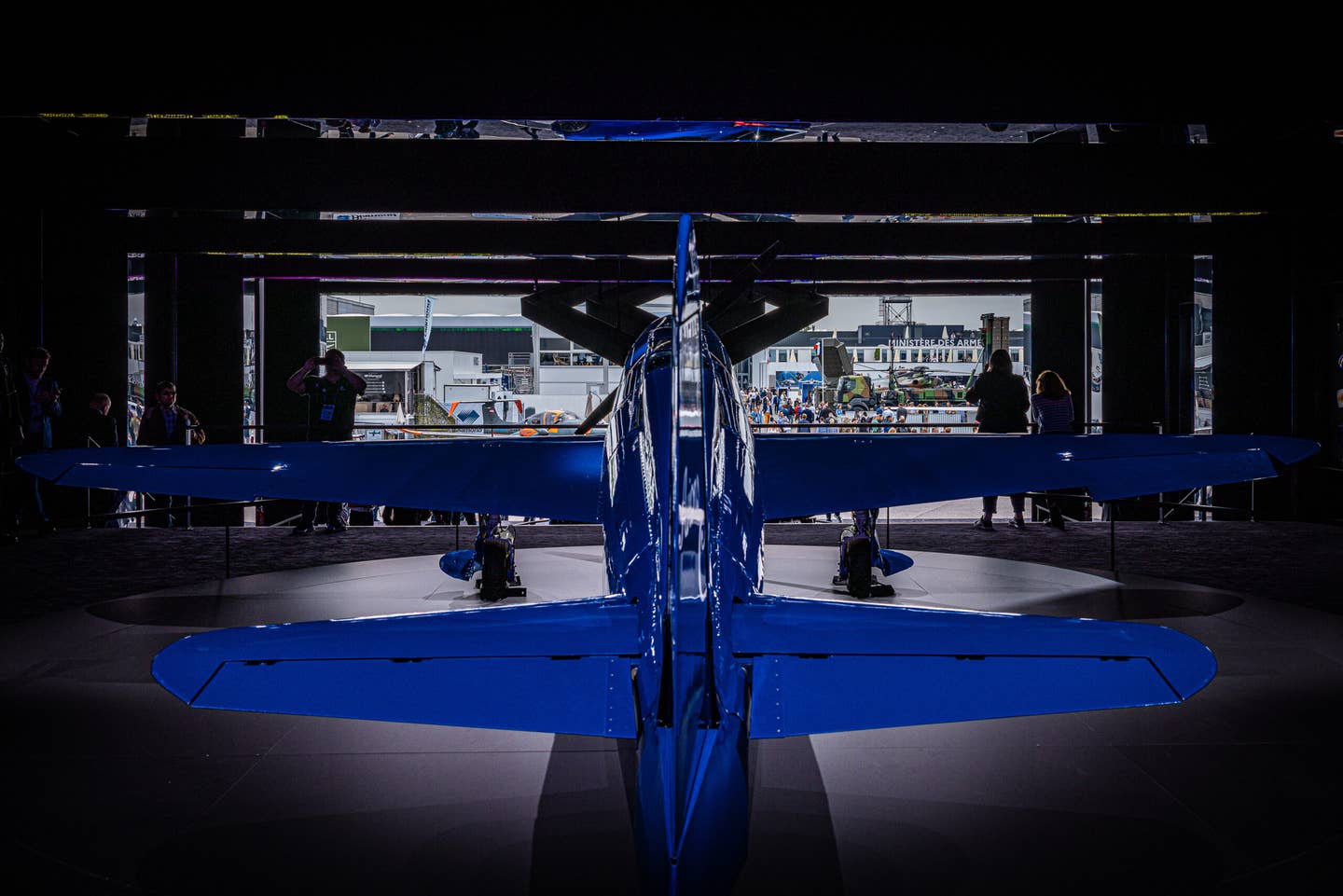
The Paris Air Show celebrated history as well as a forward view, such as the Caudron on display next to Renault’s newest model. [Credit: Stephen Yeates]
To get to the Paris Air Show, you need to start early.
That truism holds whether you’re approaching the grand event at Aéroport Paris-Le Bourget in France as a spectator, a member of the trade, or an exhibitor proposing a new product, service, or technology for the future.
For us, we took the metro, then the train, then walked the 2 miles to the entrance gate, 1 hour, 15 minutes each way. There were buses—but we walked faster than they could move through the traffic. For those who had houses rented nearby, the time en route fluctuated horribly—and was no better, stuck in the congestion. I honestly considered electric vertical takeoff and landing craft in a different light—but could we all be buzzing around? Would it just transfer the congestion from the streets to the skies?
But for those exhibiting, the road to #PAS2023 clearly began years—even a decade or more—ago, as the maturity of solutions like those very eVTOLs shone brightly as a force field against the pressures to decarbonize. And they joined sustainable aviation fuel, hydrogen-powered aircraft, and new ways to make lift in concert to assuage the skepticism that we could collectively achieve the net-zero emission goals the industry has promised by 2050.
So, How Did it Feel?
Normally rotating years with the similar aerospace trade show of record in Farnborough, UK, “Le Bourget” last commenced in July 2019, a victim in 2021 of the extended seizures of the pandemic.
I’ve spent the bulk of my career in general aviation—with a short foray at a Boeing subsidiary, but still in aviation training—so the while Paris the city wasn’t new to me, the Paris Air Show was. So, in late June, we formed a vacation around PAS, to visit friends in Paris and see for myself what the spectacle would hold.
How would it feel to walk around a static display not just hosting the latest from Gulfstream and Dassault and Daher, but also Boeing, Airbus, and Embraer’s commercial transport category jets and bristling military hardware? As it turns out, imposing to stand next to, but also thrilling. And I once again had that feeling I’d been a fighter pilot in another life when I sat in the Super Tocano at Embraer. No, they didn’t allow selfies…
Dassault celebrated its 60th anniversary with Mirage and Rafale displays across the aisle from its trijet Falcon 8X, 2000LXS, the nearly-certificated 6X and the 10X mockup. We watched the airshow for a bit after lunch with former Dassault test pilots from the deck of the media chalet—a completely different airshow performance than the ones I know so well from EAA AirVenture and Sun ’n Fun and the Reno Air Races.
In fact, I had a chance to sit in on one of the pilot briefings for the airshow on Thursday morning and climbed the stairs in the rain to the control-tower-like command center from which the air boss and his deputies would coordinate the whole affair. A common thread? After briefing the weather, boxes, and run of show, everyone save the pilots were dismissed for the debrief on the previous days’ events. The debrief stays sacred and reserved to just those flying—to preserve its integrity and allow for the free flow of information and safety recommendations. More on that in a follow on story for FLYING.
But Wait, What About the Big Guys?
We took a brief tour of the Boeing 777X-9, all kitted out inside for flight test—just like the flight test articles of the much smaller jets. I think of being on board the Cessna Citation Mustang conforming prototype in 2006. So the 777X is just… a lot bigger.
While on board, we talked with Brad Surak, who heads up Boeing Digital Services now, with Jeppesen, ForeFlight, and now Cloud Ahoy under his oversight—probably one of the few GA spaces left within the Big B. The good news? It sure sounds like they are allowing the teams they’ve acquired to keep focused in their respective lanes. More on that, too, in a later story.
Technology on Display
And what of the halls filled with delegations from countries around the globe, presenting their research, and workforce, and production skill sets as solutions? Mockups, prototypes in various states of compliance, and an endless stream full of great ideas.
My personal favorite—and yes, the subject of upcoming coverage in the magazine—was the EcoPulse technology demonstrator, which is a joint project between Daher, Safran, and Airbus. It appeals to me not only because of its TBM DNA, but because it is so completely and purposefully not-even-close to a commercial product. And it was on display in its full reveal.
We know that aerospace manufacturers experiment all the time to drive forward—and as aviation journalists we relish the chase, trying to figure out what the next move will be from a favorite OEM. There are so many questions to answer—and it was with clear delight that the program’s manager for Daher, Christophe Robin, walked us around F-WECO, essentially telling us everything that was working as well as a bunch of things that never would. And they were so glad to find out. Though I’m sure there’s more they’re not quite ready to share yet…
Another great example of future-forward application of new sources of power for flight? The Elfly project underway in Norway. Taking a tried and true airframe style based somewhat on the amphibious Grumman Albatross, the Noemi (for "no emissions") plans to utilize quiet electric motors to access a string of seaplane ports along Norway's fjordic coast. They hope to be operational commercially in 2029.
And the Elephant in the Room?
So, you may be asking, did we see protests like the ones popping up across France—and throughout Europe—all summer, spiteful towards private aviation?
Security was like an unseen hand, most of the time, and it wrapped itself around Le Bourget as though wearing a velvet glove. We passed a few minutes every morning in the media entrance line having bags and bodies searched, as you might expect—and the maze to get in the general entrance gate was really interesting—made purposefully difficult to run straight through.
But we spent more than an hour each day walking from the train station to the airport gates, with no signs of strife. There were, however, more police vans assembled along the perimeter roads than I have seen in after several years of living in the western EU. Most of the gendarmerie appeared to be playing Sudoku on their phones.
And within Paris itself, we were fortunate too—aside from getting a dose of eau de Metro during rush hour a few times, we escaped unscathed and fully provisioned with wine, paté, and great stories for the months ahead to pursue.

Subscribe to Our Newsletter
Get the latest FLYING stories delivered directly to your inbox

